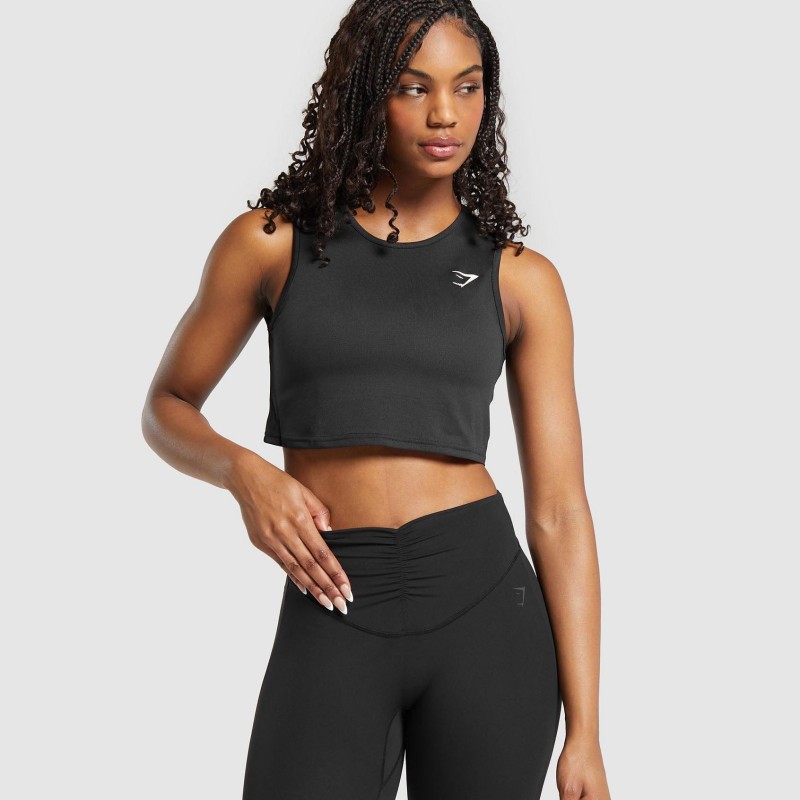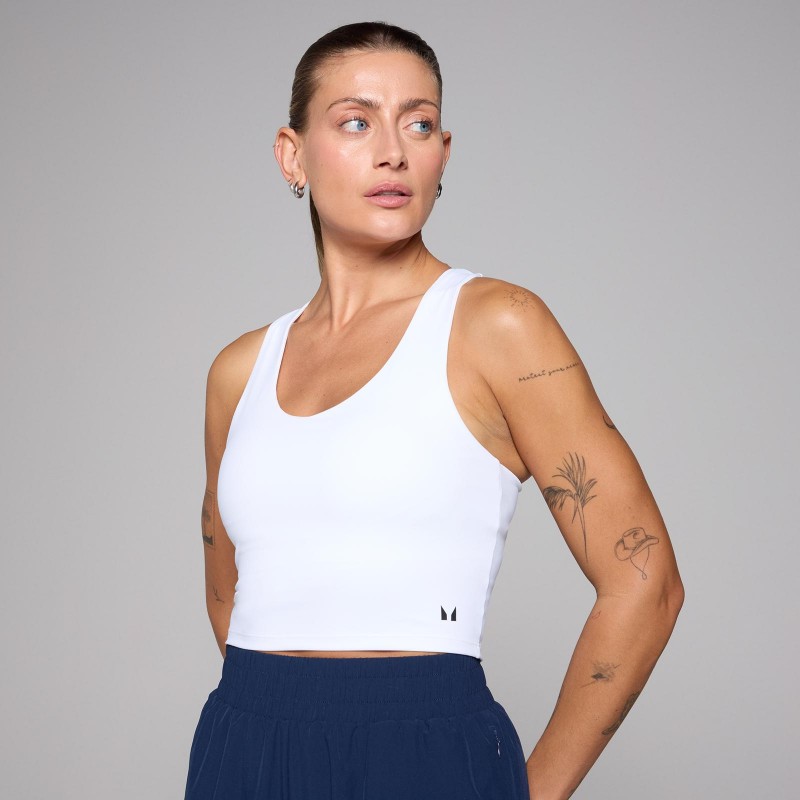When it comes to enhancing physical fitness, runners are constantly on the lookout for ways to improve their performance. A running weight vest has emerged as a game-changing tool for both seasoned athletes and recreational joggers alike. Not only does it add extra weight to your workout, but it also encourages better endurance, strength, and overall conditioning. Incorporating a weight vest into your running routine can be an effective way to push your limits, increase caloric burn, and achieve your fitness goals faster. In this article, we will dive deep into the various aspects of using a running weight vest, covering its benefits, types, tips for selection, and some effective workout routines to consider.
Contents
What is a Running Weight Vest?
A running weight vest is essentially a harness worn over the torso that holds weights evenly across the front and back. It is specifically designed to add resistance while performing various activities, including running, walking, or strength training. These vests come with adjustable weights, allowing users to tailor the resistance level to their current fitness level and goals. Unlike traditional weights or dumbbells, which can be cumbersome and unwieldy, a weight vest allows for free movement, making it an ideal choice for those focused on improving performance during dynamic activities.
Benefits of Using a Running Weight Vest
Including a running weight vest in your workout regimen offers several benefits that can significantly enhance your overall fitness experience:
- Increased Caloric Burn: Adding weight to your routine increases the demand on the body, leading to a higher rate of caloric expenditure during and after workouts. This can be particularly beneficial for those aiming to lose weight or improve their body composition.
- Improved Endurance: As you adapt to running with a vest, your muscles and cardiovascular system become accustomed to working harder. This can translate to improved endurance when you return to running without added weight.
- Enhanced Muscle Strength: Wearing a weight vest encourages the recruitment of various muscle groups, promoting strength development in areas such as the legs, core, and even upper body.
- Boosted Bone Density: The added weight encourages bone strength by putting stress on the skeletal system, fostering increased bone density and reducing the risk of osteoporosis as you age.
- Improved Running Form: Training with a vest can help you develop better form and posture. As you get used to the added weight, you become more aware of your biomechanics, which can enhance your running efficiency.
- Versatile Workouts: A weighted vest isn’t just for running. It can be used for a range of exercises including push-ups, pull-ups, squats, lunges, and many others, making it a great addition to varied workout routines.
- Mental Toughness: Running with a vest can enhance your mental resilience. The added challenge encourages you to push through discomfort and improve your overall mindset towards fitness.
Types of Running Weight Vests
When selecting a running weight vest, it is essential to consider the available types in order to pick one that suits your needs. Here are some popular options:
- Adjustable Weight Vests: These vests allow you to add or remove weights, giving you the flexibility to progress as your strength and endurance improve.
- Fixed-Weight Vests: These vests come pre-loaded with a set weight. While they can’t be adjusted, they can be an excellent option for those seeking to maintain a consistent training load.
- Minimalist Vests: Designed for comfort, minimalist vests often feature lightweight materials and streamlined designs. They are perfect for runners who prioritize movement and breathability.
- Heavy-Duty Vests: If you’re looking for more resistance, heavy-duty vests come with built-in weights and are built to withstand rigorous training.
- Wearable Technology Vests: Some modern weight vests incorporate technology, such as heart rate monitors and fitness tracking features, allowing for optimized workouts.

How to Fit and Wear a Running Weight Vest
Proper fit is crucial for maximizing the benefits of a running weight vest while preventing discomfort or injury. Here are some tips for fitting and wearing your vest effectively:
- Adjust the Straps: Ensure the vest is snug but not overly tight. Adjust the shoulder and side straps for an individualized fit.
- Weight Distribution: Weights should be evenly distributed across the vest to maintain balance during movement. Most vests have designated pockets or sections for adding weights.
- Comfort Material: Look for vests made from moisture-wicking or breathable fabrics to help keep you cool during workouts.
- Test Movement: Before embarking on a run, take time to move around in the vest. Perform dynamic stretches to ensure freedom of movement without compromising comfort.
- Start Light: If you are new to using a weight vest, begin with lighter weights to give your body time to adjust. Gradually increase it as your strength improves.
Effective Workouts with a Running Weight Vest
There are various ways to incorporate a running weight vest into your workout regimen. Here are some effective routines to consider:
- Interval Running: Combine short bursts of high-intensity running with periods of rest. Include your weight vest during high-intensity segments to build strength and endurance.
- Hill Sprints: Running uphill while wearing a vest can significantly enhance your muscle strength and cardiovascular fitness.
- Bodyweight Exercises: Incorporate push-ups, squats, and lunges while wearing the vest. This regimen provides great resistance training, all while enhancing your running capability.
- Circuit Training: Design a circuit workout involving bodyweight exercises interspersed with short runs. Include a weight vest for added intensity.
- Long-Distance Runs: Once you feel comfortable, try conducting longer runs with added weight. This will not only help with endurance but also develop your mental toughness.
- Cross-Training: Use the weight vest during various aerobic exercises, such as cycling or jump rope, to further challenge your body.
Choosing the Right Running Weight Vest for You
Selecting the appropriate running weight vest can make all the difference in achieving your fitness goals. With so many options on the market, it’s essential to know what features to consider before making a purchase. Here’s a helpful guide to finding the right vest for your needs:
Material and Breathability
The material of the weight vest should promote breathability and moisture wicking to keep you comfortable during intense workouts. Look for vests made from high-quality, lightweight fabrics. Nylon, polyester, and spandex blends are common choices that also help to reduce chafing. If you live in a warmer climate or plan to use the vest for long sessions, prioritize a vest designed with ventilation systems or mesh panels.
Weight Capacity
Different vests come with varying weight capacities. If you’re a beginner, starting with a lighter vest (typically 10-20 pounds) can help ease you into the training routine. As you become more comfortable and your strength increases, consider a vest that allows for adjustable weights, enabling you to customize the load according to your level and workout requirements.
Design and Fit
A well-fitted vest is essential for comfort and performance. Most vests come with adjustable straps to ensure a snug fit. However, it’s worth trying on several models to find one that accommodates your body shape comfortably. Pay attention to the shoulder straps; they should be padded to reduce strain during long runs.
Ease of Use
The process of adding or removing weights should be straightforward. Look for designs that feature easy-access pockets or slots dedicated to the weights. Additionally, consider how you will put the vest on and take it off. Some vests come with front zippers or quick-release buckles, which can add convenience to your workout routines.
Versatility and Multi-Functionality
If you plan to use the vest for various exercises outside of running, such as strength training or HIIT workouts, consider how well the vest performs across different activities. Some vests may be bulkier than others, which could limit mobility for certain exercises. Ideally, find a balance between weight and bulkiness to maximize versatility.
Safety Features
Safety should never be compromised when it comes to your fitness gear. Look for reflective strips or bright colors on the vest if you plan to run in low-light conditions. This enhances visibility, making you safer on the road or trails.
Budget Considerations
Weight vests can vary significantly in price, ranging from budget-friendly options to high-end models. Establish a budget before browsing options and seek a vest that offers a good balance of quality and affordability. Sometimes, paying slightly more can result in a much more durable product.
Common Mistakes to Avoid
While incorporating a running weight vest into your routine can be highly advantageous, several common mistakes can reverse its benefits:
- Overloading Too Soon: Start with lower weights to avoid injury. Gradual progression is key to safely enhancing strength and endurance.
- Poor Form: Maintain proper running form at all times. The additional weight can exacerbate poor biomechanics, leading to potential injuries.
- Not Listening to Your Body: Pay attention to how your body responds during workouts. If you experience pain or discomfort, it might indicate a need for adjustment or a lighter weight.
- Neglecting Recovery: Heavy training sessions with a vest can be taxing. Schedule adequate rest days and focus on recovery to prevent overuse injuries.
- Ignoring Flexibility and Mobility: Incorporate stretching and mobility exercises into your routine. This will help maintain flexibility, aiding in overall performance and injury prevention.

Conclusion
In conclusion, incorporating a running weight vest into your fitness regimen offers numerous benefits. From increased caloric burn to enhanced muscle strength and improved endurance, the advantages are undeniable. Understanding the different types of weight vests, how to properly use and fit them, and effectively incorporating them into your workout routine can lead to significant improvements in your running performance and overall fitness. Whether you’re a seasoned athlete or just beginning your fitness journey, a running weight vest can be a valuable investment in achieving your goals. Remember to pay attention to your body and gradually increase the weight as you progress. With the right approach, the journey toward enhanced performance can be both rewarding and enjoyable.